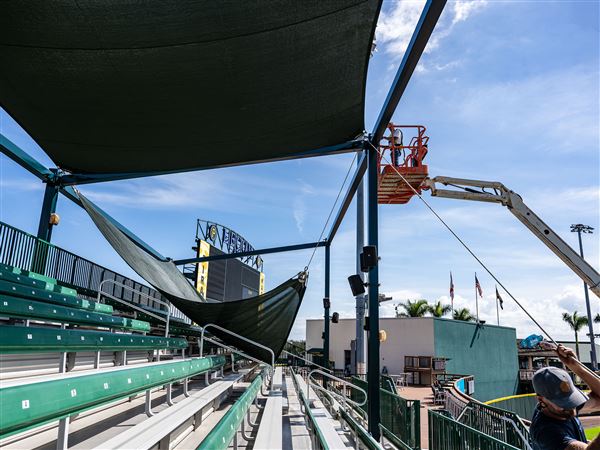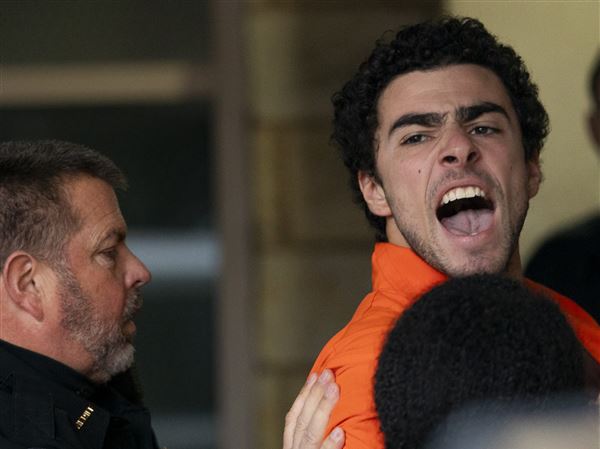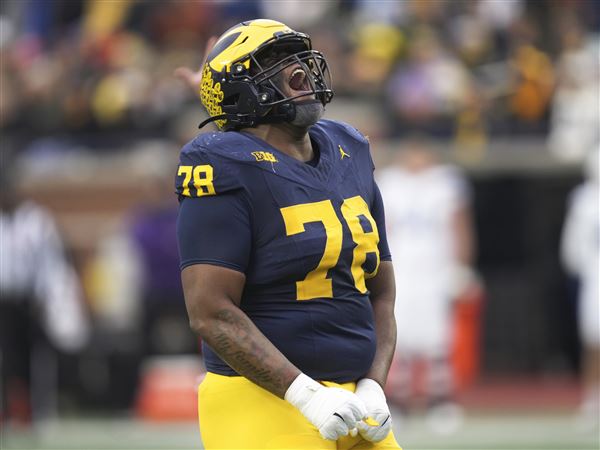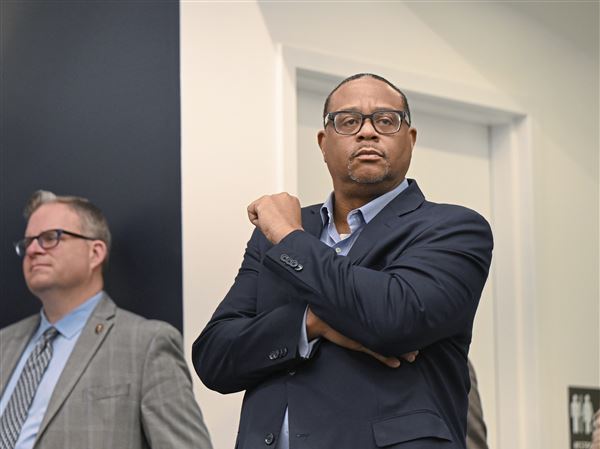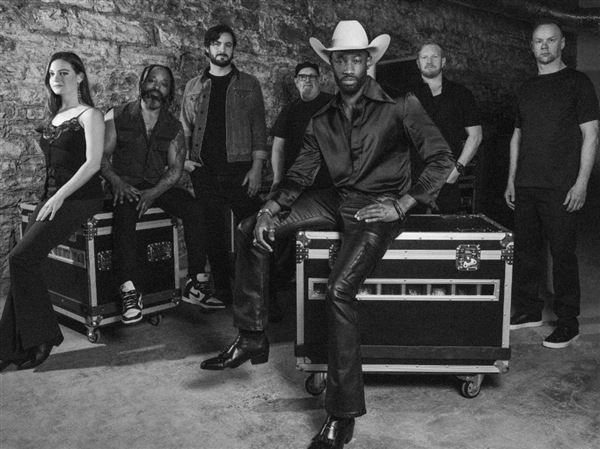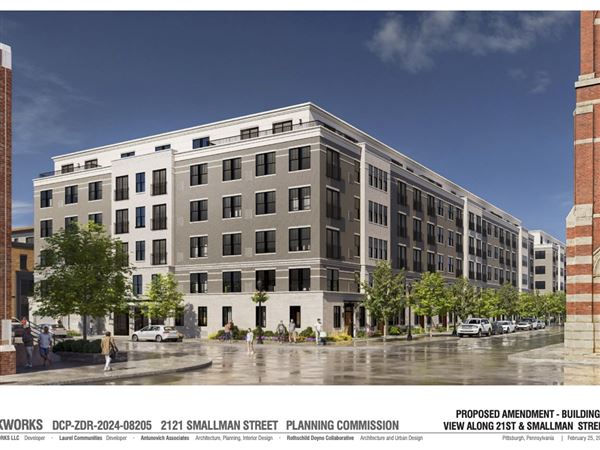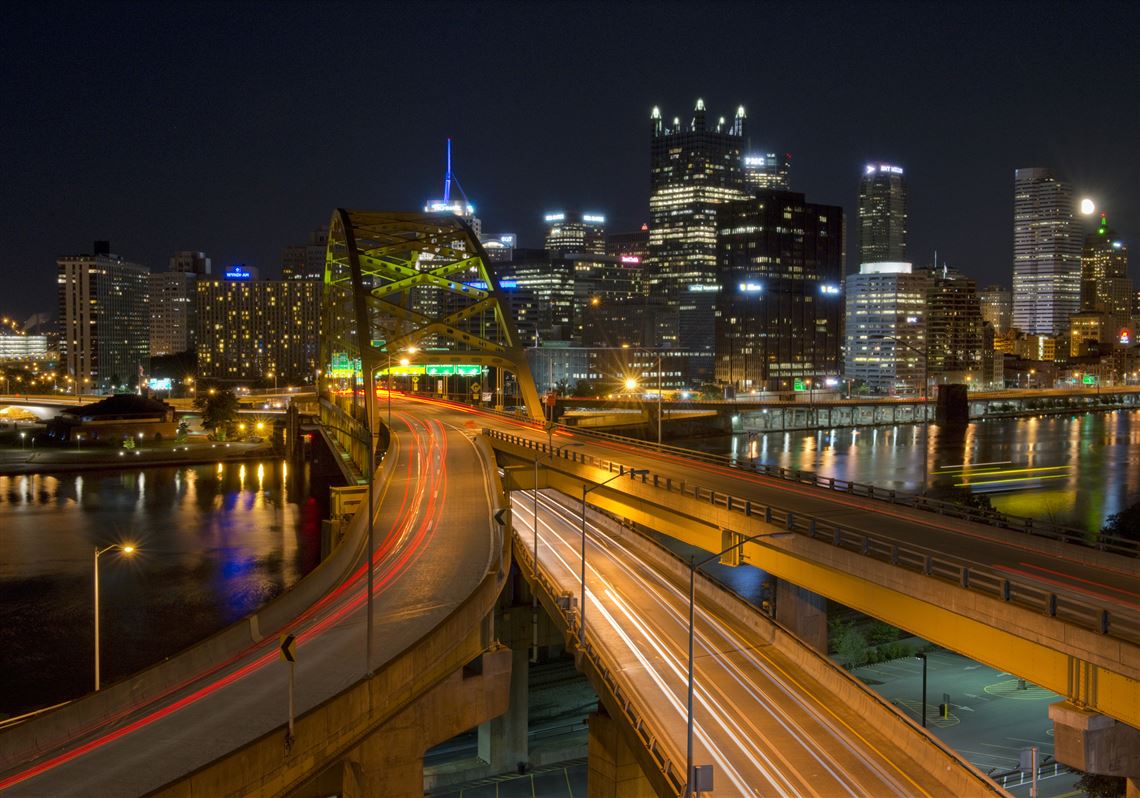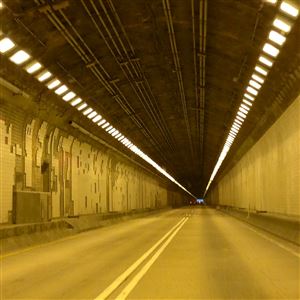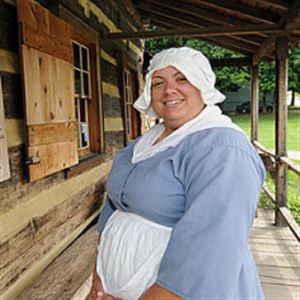When Labor Day rolls around, many Pittsburghers will no doubt bask in the hard-earned day off by spending time with their families, taking that last dip in the pool and enjoying the remaining vestiges of summer.
This year will mark the nation’s 132nd Labor Day — an observance on the first Monday of September to honor the contributions workers have made to the strength, prosperity and well-being of our country, according to the U.S. Labor Department.
But one local man and his crew will be at their post as they are every day, rain or shine, holiday or not.
Eugene Skerkoski’s handsome, weathered face is one not seen by many Pittsburghers, but his contribution is without a doubt one of the most essential.
He and his crew keep the tunnels of Pittsburgh running as efficiently and as safely as possible.
It’s no simple task.
“Our main concern is the safety and convenience of motorists,” said Mr. Skerkoski, 41, of Elizabeth Township.
The 18-year tunnel supervisor for the Pennsylvania Department of Transportation oversees a crew of about 40 workers who maintain the Fort Pitt, Squirrel Hill and Liberty tunnels, along with several bridges and other state-owned tunnels in Pittsburgh.
Much like a firefighter, Mr. Skerkoski and his crew never know what obstacles they will face or what hazards and dangers could -- and sometimes do -- cause injuries or fatalities. He and his crew are the first responders when anything goes wrong.
“We’re here to serve people when they are at their most vulnerable,” Mr. Skerkoski said, such as the dad who recently got a flat tire in the outbound Fort Pitt Tunnel while heading home from a Pirates game with his four children — all under the age of 8.
“All I’m doing is changing this guy’s tire or giving him gas, but to him, it’s everything,” said Mr. Skerkoski, who is the father of 14-year-old Chloe and twin 12-year-old sons, Colton and Caden.

Tunnel supervisor Eugene Skerkoski takes a call in the control room of the Fort Pitt Tunnel earlier this month. (Rebecca Droke/Post-Gazette)
For Mr. Skerkoski, who has a bachelor’s degree in environmental science, there may be better jobs out there, but few with the benefits he wants for his family and even fewer that allow him to respond to family emergencies.
Then there’s the camaraderie of the tunnel guys — a group of men always willing to pitch in and help motorists and each other, he said, likening the group to a big deer-hunting camp.
During a recent summer evening in the Fort Pitt Tunnel, Mr. Skerkoski and his crew sat in the control room, surrounded by cameras that provide a real-time glimpse inside the tunnel. Air quality monitors ensure carbon monoxide from exhaust fumes stay at safe levels thanks to fans with 15-foot blades that pump a constant current of fresh air into the tunnel.
The Fort Pitt Tunnel has 11 hallways connecting the inbound and outbound sides, where stranded motorists can walk to call for help or grab a fire extinguisher. But, Mr. Skerkoski said, if he could tell commuters one thing, it would be to stay inside their vehicle.
“If you have a breakdown or accident — you wouldn’t believe how many people run out of gas — the safest place for you is in your car,” he said. “We’re going to know pretty quickly and we’ll be there to help.”
Mr. Skerkoski and his crew are also responsible for maintaining all of the fixtures in the tunnels, including an air shaft that runs the length of the Fort Pitt Tunnel above the tile ceiling.
Rather than replacing the tiles, which have been loosened with age, PennDOT is about to begin a project to remove the ceiling to expose the air shaft and enlarge the height of the tunnel. Work is slated to begin in September and is expected to end in early 2016 when both sides of the tunnel are repaved.
Workers also must monitor a main power transformer that acts as a huge electrical switch for the Downtown area. The transformer is so vital that it has its own room and is surrounded by a moat. The tunnel also acts as a substation for telecom companies with multiple antennas installed inside to ensure cell phone coverage.
In addition to responding to everyday vehicle breakdowns and fender benders, tunnel workers at times find themselves in harrowing and dangerous situations. Recently, a worker was struck and severely injured by a motorist who drove around stopped traffic outside the tunnel and inexplicably entered the tunnel while the worker was trying to pick up debris.
“I tell my guys, don’t ever turn your back to traffic,” Mr. Skerkoski said. “Always watch the cars around you. Always make sure you’re safe.”
That’s a challenge when motorists ignore the traffic signals when the lights are switched to red outside of the tunnels, Mr. Skerkoski said.
“They go right through them,” said Mr. Skerkoski, who also recalled a time when a truck plowed through the observation room at the Liberty Tunnel, narrowly missing workers.
He also recalled an instance when the driver of a garbage truck failed to cover his load. The fans in the Fort Pitt Tunnel sucked much of the trash out of the top of the truck, tossing it all over the tunnel and onto Fort Pitt Bridge.
“What else could we do? We grabbed garbage bags and started picking it up,” Mr. Skerkoski said.

The portal to the inbound side of the Fort Pitt Tunnel. (Rebecca Droke/Post-Gazette)
He has seen his share of craziness, including intoxicated Steelers fans trying to walk home through the tunnel or the time an apple truck split open on the top of Green Tree Hill, spilling its load all over the road.
“The entire road was covered with apples,” he recalled, laughing. For weeks afterward, deer were all over the roadside munching on the spilled cargo.
It isn’t unusual for workers to close the tunnels to chase deer, raccoons or dogs, he said.
Traffic came to a standstill in the Fort Pitt Tunnel in June when Chico, a chihuahua mix, ran into the tunnel and under a car. The dog was uninjured and motorists managed to gently coerce him out. Chico was reunited with his owner the next day.
Once, a deer that workers had just chased out of the outbound side of the Liberty Tunnel became spooked and re-entered through the inbound side. That was a long day, Mr. Skerkoski recalled.
He remembers an even longer day in 2005 in the Squirrel Hill Tunnel during Hurricane Katrina, when the inbound roadway was suddenly blocked by waves of mud that swept down the hill and onto the roadway.
But nothing compares to his worst day at work, which came last winter when a snowstorm closed the Parkway West, but not before dozens of motorists found themselves stranded on the ice and snow-covered Green Tree Hill.
PennDOT keeps tow trucks at the tunnels for just such an emergency, and Mr. Skerkoski said workers spent about 12 hours outdoors, freezing and slush-covered while lying under cars hitching tow lines. A car that had overturned on the Fort Pitt Bridge nearly plowed over workers who had nowhere to run when they flipped it upright and it suddenly started sliding on ice.
“We were outside in the snow all day without even time for a cup of coffee,” he said. “Everyone was yelling at us. It was so bad.”
Still, Mr. Skerkoski said he enjoys helping people and the variety of situations he encounters at work.
“That’s one of the things I like about this job,” he said. “You never know what the day is going to bring. Every day is something different.”
Janice Crompton: jcrompton@post-gazette.com or 412-263-1159.
READ MORE stories from our weekly suburban edition
First Published: August 28, 2014, 4:00 a.m.
